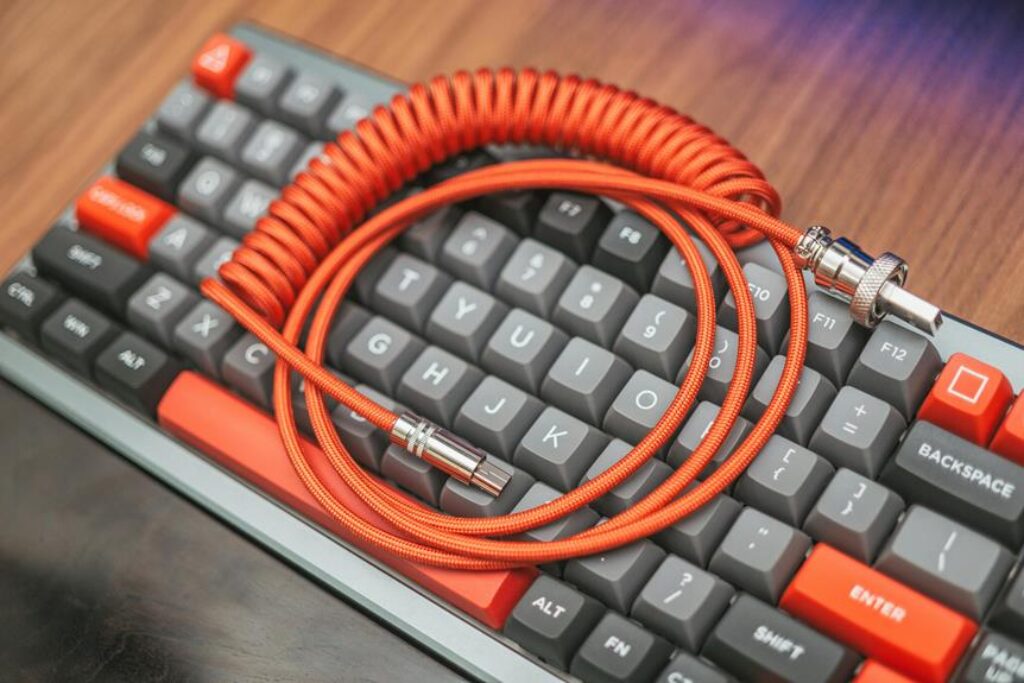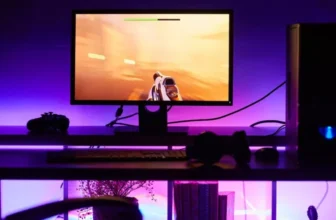
When it comes to achieving optimal cable management on your gaming desk, you might be wondering where to begin. With a multitude of devices, varying cable lengths, and the desire for a clutter-free setup, the task can seem daunting. However, by following some key strategies and utilizing the right tools, you can transform the chaotic jumble of cables into a sleek and organized workspace. Stay tuned to uncover the secrets to mastering cable management for your gaming desk, and elevate your gaming experience to the next level.
Assessing Your Cable Needs
Before embarking on your cable management journey, take a moment to assess your specific needs and requirements. Start by identifying the number and types of devices you have on your gaming desk. Are you using a desktop computer, multiple monitors, a gaming console, or other peripherals? Each of these devices will require different types of cables and connections. Consider the length of cables you need to reach from your devices to the power outlets or hubs without causing unnecessary slack or tension.
Next, think about the layout of your gaming desk. Visualize how you want your cables to run from each device to the power source or central hub. Take into account the most efficient paths that cables can follow to avoid tangling and make future adjustments easier. Additionally, assess if you need any specific cable management tools such as cable clips, zip ties, or cable sleeves to keep everything organized and secure.
Organizing and Securing Cables
To effectively manage your cables on your gaming desk, start by grouping them according to device type and length. This simple step will help you identify which cables belong to each device, making it easier to trace and manage them. Begin by unplugging all cables and sorting them into categories such as power cords, HDMI cables, USB cables, and audio cables.
Once you have grouped your cables, it’s time to secure them along the desk. Use cable clips, zip ties, or cable sleeves to keep them organized and prevent tangling. Make sure to leave some slack near the devices to allow for movement without pulling on the cables.
For cables that need to reach a power outlet or a device that’s farther away, consider using cable management tools such as cable trays or raceways to guide them along the desk and keep them out of sight. By organizing and securing your cables in this way, you can create a clean and clutter-free gaming setup that’s both functional and visually appealing.
Utilizing Cable Management Accessories
Consider enhancing your cable management strategy by incorporating a variety of cable management accessories. Cable clips are a simple yet effective solution for keeping cables organized and in place. These clips can be attached to the edge of your desk or along the walls to prevent cables from tangling or falling behind your setup. Cable sleeves are another handy accessory that can help group and conceal multiple cables, giving your gaming desk a cleaner and more organized look.
Cable management boxes are ideal for concealing power strips and excess cables, keeping them out of sight and reducing clutter. These boxes come in various sizes to accommodate different setups and can be placed discreetly under your desk. Cable raceways are another option to consider, especially for running cables along walls or baseboards. These channels provide a sleek and professional finish while protecting cables from damage.
Velcro cable ties are a versatile accessory that allows you to bundle and secure cables of varying lengths. These ties are reusable and adjustable, making them a convenient choice for managing cables behind your gaming desk. By utilizing these cable management accessories, you can maintain a tidy and organized gaming setup while also prolonging the lifespan of your cables.
Maintaining and Updating Cable Setup
Enhance the longevity and effectiveness of your cable management system by regularly assessing and updating your cable setup for your gaming desk. Start by checking for any new cables that have been added and ensuring they’re properly organized. Untangle any knots or twists in the cables to prevent damage and interference with signal transmission. Consider upgrading to longer cables if needed to accommodate any changes in your setup.
Periodically inspect the condition of your cables for any wear and tear. Replace any frayed or damaged cables immediately to prevent potential hazards such as electrical shorts or data loss. Use cable ties or Velcro straps to secure cables and prevent them from tangling or becoming a tripping hazard.
Stay up to date with the latest cable management solutions and technologies. New products such as cable clips, raceways, or cable sleeves can help streamline your setup and keep cables neat and organized. By staying proactive and regularly maintaining your cable setup, you can ensure a clean and efficient gaming desk that enhances your overall gaming experience.
Trending Products














